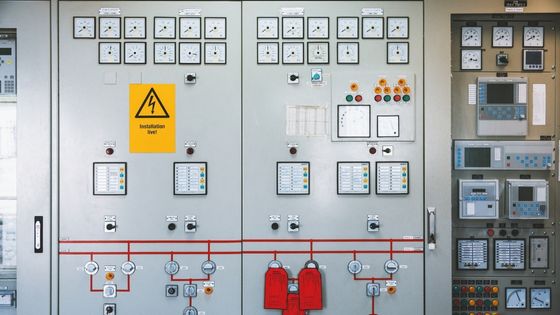The word “turbomachinery” is used in the field of mechanical engineering to refer to devices that are capable of transferring energy between a rotor and a liquid or gas. This category includes both compressors and turbines in its definition. To create shaft power, turbines make use of a rapid flow of water, air, or gas. On the other hand, compressors pressurize items by transferring energy from the rotor to a fluid or gas. This results in increased pressure. Compressors and turbines often perform their functions in tandem with one another.


The COVID-19 pandemic caused a variety of projects to be put on hold in 2020 as a direct result of the slowdown in economic activity and the financial losses sustained by the firms. The heavy financial burden placed on the operators of the oil and gas projects in the face of changing oil prices as a direct consequence of decreased demand has had a significant impact on the projects.
On the other side, during the period covered by the projection, 2022–2027, the market for turbomachinery control systems (TCSs) is anticipated to see a compound annual growth rate (CAGR) of more than 5%.
The Essential Components of the TCS
TCS systems can be different depending on what equipment is needed, how safety procedures are set up, and what changes need to be made. However, there are a few things that are necessary for a TCS to work. The following are some examples of them:
- Control of the machines’ speeds, to prevent their operation at unsafe speeds
- Temperature regulation of the turbine to repel excessive firing of the engine
- Surge protection for equipment that is in operation within the narrow margins that separate routine operations and the surge safety line
- Control of the load to ensure that the work is distributed evenly among the compressors for maximum efficiency
- Arrangement of the motors and valves in a certain order to ensure the secure beginning and end of the machine’s operation
- When crucial parameters stray outside of safe ranges, protection features will shut down the unit in a safe manner to prevent damage
- Creating a standardized working environment in which alerts and variables are controlled via the use of an interface
Trends in Market
- Rapid advancements in the business of industry and power taking place all over the world have caused a significant change in the dynamics of the world.
- In the power industry, turbomachinery control systems are utilized in equipment such as turbines that are used for the generation of power, as well as compressors that are utilized to provide the consistent pressure that is required for the operation of pneumatic valves and actuators within the power plant. For conventional methods of power production (steam and gas, for example), turbomachinery control systems are an essential component for optimizing the efficiency and security of turbomachinery equipment.
- As a result of an uptick in the world’s population as well as the growth of the industrial sector, the need for electrical power is rising at a breakneck pace. Aside from that, the rise in disposable income in developing countries has led to a rise in the amount of electricity used per person. This is expected to create a huge demand for building power infrastructure soon.
- In the future, the electrification of transportation and the growth of industrial activities are likely to drive up the electricity demand. Several countries have set goals to stop selling passenger cars that use fossil fuels. Norway was one of the first countries to set goals. By 2025, all new cars in Norway will have to be emission-free. Also, Denmark, Ireland, the Netherlands, and Sweden have set 2030 as the date when they will stop making cars with internal combustion engines. The United Kingdom has set 2040 as the date when all new heavy vehicles will have zero emissions. China has put a limit on the number of new cars that can be electric, starting at 10% in 2019 and going up to 15% in 2025. This is equal to about 7 million electric cars.
- In a similar vein, several governmental organizations all over the world, such as those in India and the nations that make up the Middle East, have come up with some laws that are favorable toward increasing the use of electric cars. In addition, the development of new technologies decreases in the cost of electric vehicles, and improvements in the infrastructure necessary to support them have all contributed to a rise in the demand for electric vehicles.














